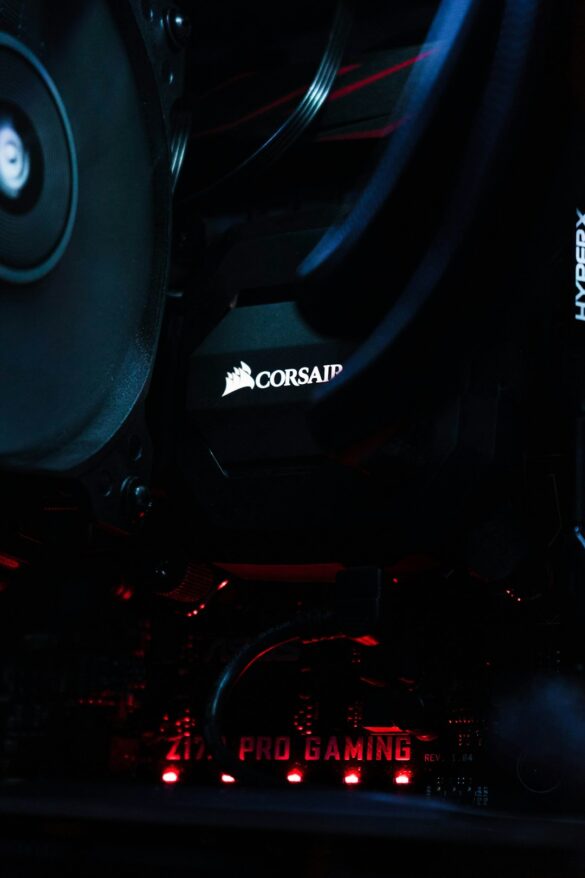The Evolution of Gaming Graphics
The world of gaming has come a long way since its inception in the early 1950s. From simple, pixelated graphics to breathtakingly realistic visuals, the evolution of gaming graphics has been truly remarkable. In this blog post, we will delve into the history of gaming graphics and explore how they have evolved over the years.
The Early Days
The very first video games were simple and rudimentary, with graphics consisting of basic shapes and colors. Games like Pong, released in 1972, featured two-dimensional graphics that were limited by the technology of the time. As technology progressed, so too did the quality of gaming graphics.
The 8-bit Era
In the 1980s, video game consoles like the Nintendo Entertainment System (NES) and the Sega Master System ushered in the era of 8-bit graphics. These consoles featured colorful, blocky graphics that were a significant improvement over the early days of gaming. Games like Super Mario Bros. and The Legend of Zelda became iconic for their distinctive art styles and memorable character designs.
The 16-bit Era
The 16-bit era of gaming, which began in the late 1980s and continued into the early 1990s, saw a significant leap in graphics quality. Consoles like the Super Nintendo Entertainment System (SNES) and the Sega Genesis featured more advanced hardware that allowed for smoother animations, more detailed environments, and richer colors. Games like Sonic the Hedgehog and Super Mario World showcased the capabilities of these consoles and set new standards for gaming graphics.
The 3D Revolution
The mid-1990s saw the introduction of 3D graphics in video games, which revolutionized the industry. The release of consoles like the Sony PlayStation and the Nintendo 64 paved the way for fully three-dimensional worlds that players could explore and interact with. Games like Super Mario 64 and The Legend of Zelda: Ocarina of Time were groundbreaking for their use of 3D graphics and expansive, immersive environments.
The Rise of High Definition
In the early 2000s, high-definition (HD) graphics began to make their way into video games. Consoles like the Xbox 360 and the PlayStation 3 offered improved graphics capabilities, including higher resolutions, better textures, and more detailed character models. Games like Halo 3 and Uncharted 2 showcased the potential of HD graphics and raised the bar for visual fidelity in gaming.
The Current Generation
Today, gaming graphics have reached new heights of realism and detail. Consoles like the PlayStation 5 and the Xbox Series X offer 4K resolution, ray tracing technology, and advanced lighting effects that bring games to life like never before. Games like The Last of Us Part II and Red Dead Redemption 2 push the boundaries of what is possible in terms of graphical fidelity and immersion.
The Future of Gaming Graphics
As technology continues to advance, the future of gaming graphics looks incredibly promising. The advent of virtual reality (VR) and augmented reality (AR) has opened up new possibilities for immersive gaming experiences. With the rise of ray tracing, photorealistic graphics are becoming more achievable, blurring the lines between reality and virtual worlds. Developers are also experimenting with machine learning and artificial intelligence to enhance graphics and animations, creating more realistic and dynamic characters and environments.
Conclusion
The evolution of gaming graphics has been a journey of constant innovation and improvement. From the simple pixels of the early days to the lifelike visuals of today, gaming graphics have come a long way in a relatively short amount of time. With each new generation of consoles and advancements in technology, the bar for graphical fidelity in gaming continues to be raised, offering players more immersive and engaging experiences than ever before. The future of gaming graphics is bright, with endless possibilities for innovation and creativity on the horizon. As technology continues to evolve, so too will the world of gaming graphics, pushing the boundaries of what is possible and redefining the gaming experience for players around the world.

